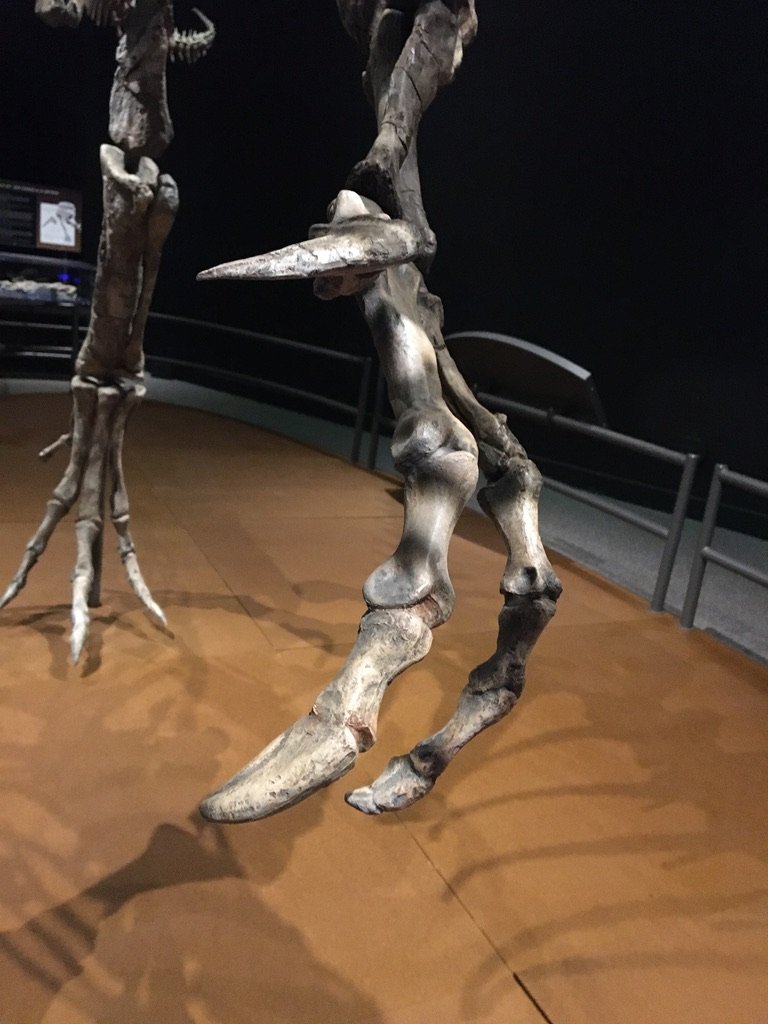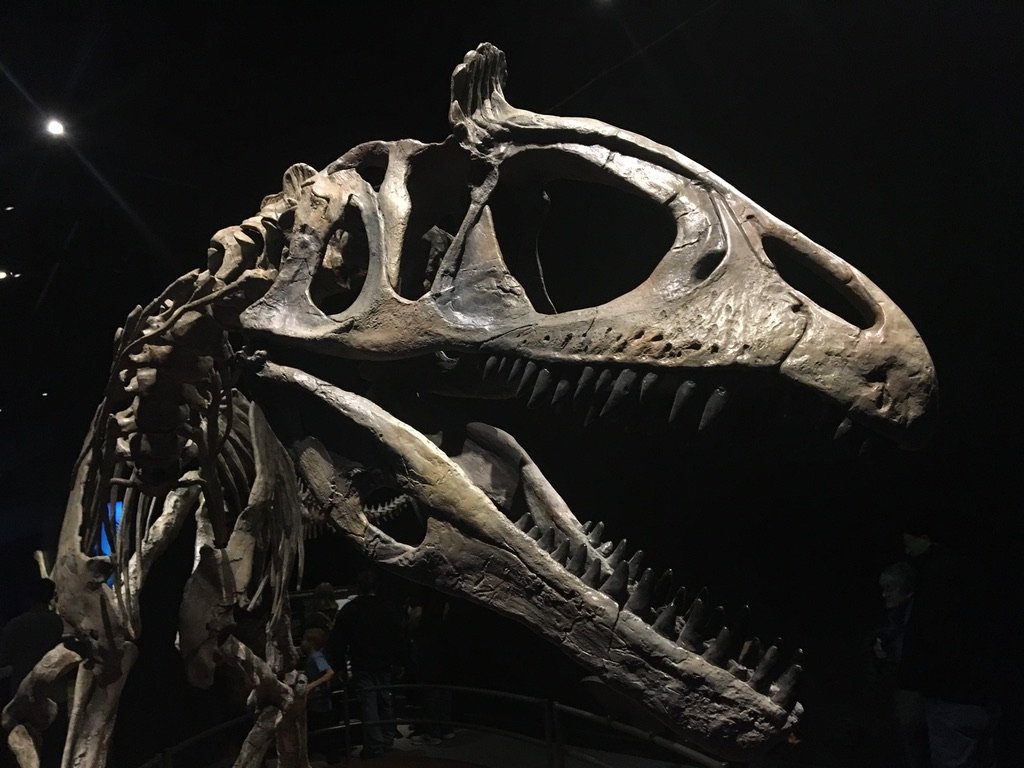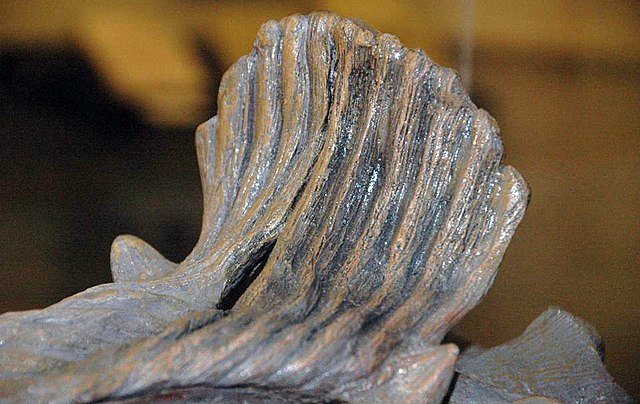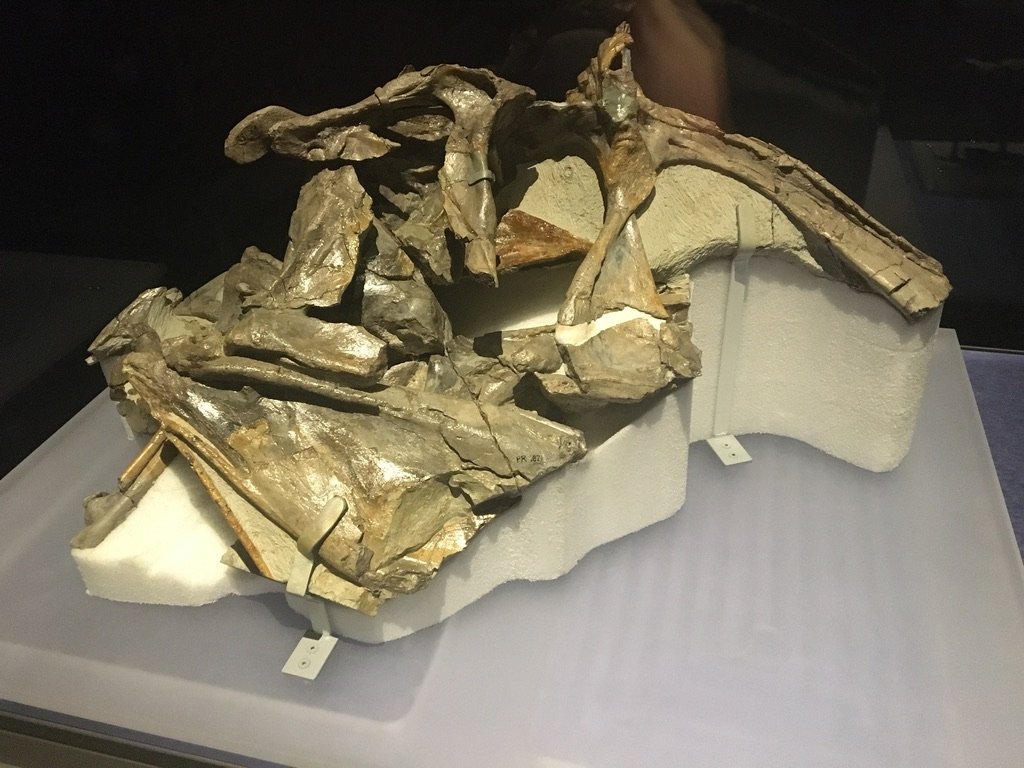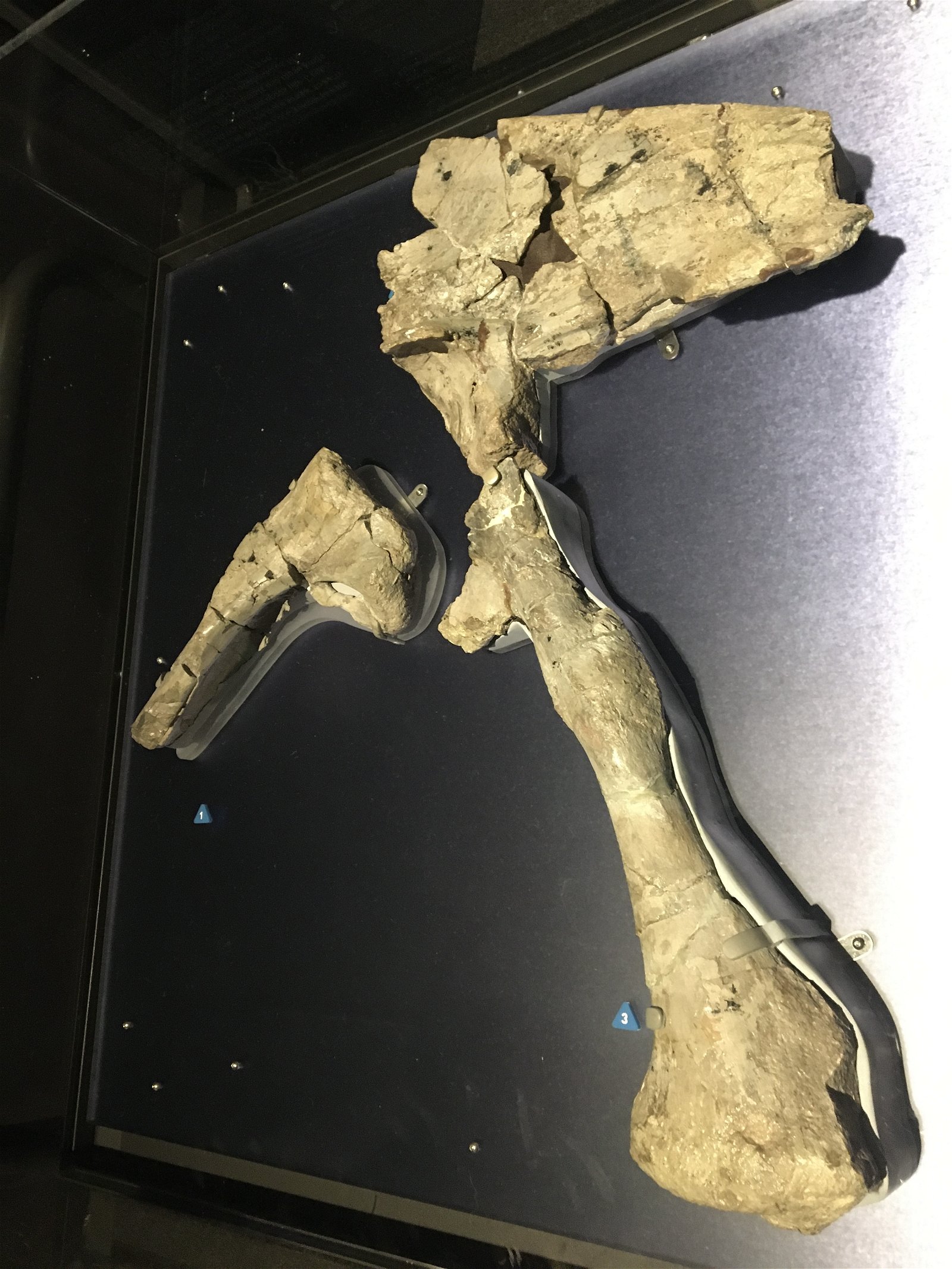Dinosaurs of Antarctica: Part 2
Cryolophosaurus skull
Welcome back, dinosaur explorers! This month, we’re taking a look at a pretty cool dinosaur named Cryolophosaurus (cry-oh-loaf-oh-soar-us)! Now I know what you’re thinking, but no—they didn’t cry a lot . . .
Cryolophosaurus means “cold or frozen-crested lizard,” which is a very fitting name for a dinosaur discovered frozen in rock and ice. This dinosaur was first found in 1991 on Mount Kirkpatrick in the Transantarctic Mountains. The initial discoverer was a geologist named David Elliot, who came across the remains of Cryolophosaurus at an altitude of about 13,000 feet. He quickly informed his colleague, Dr. William Roy Hammer. Dr. Hammer, a paleontologist, had been working on nearby synapsid fossils and quickly began excavating the dinosaur.
Over the following three weeks, Dr. Hammer and his team excavated over 5,000 pounds of frozen, fossil-bearing rock. From this material (as well as material gathered on later expeditions), much of the skeleton of Cryolophosaurus was recovered.
Three years later, in 1994, this dinosaur was officially described and given its scientific name, Cryolophosaurus ellioti, in honor of its discoverer, David Elliot. This made Cryolophosaurus the first dinosaur from Antarctica to receive an official scientific name. Pretty cool, right? Don’t forget, Antarctopelta was actually the first one discovered in Antarctica.

Kyle observing a cast of a Cryolophosaurus skeleton
Now that we know more about its discovery let’s take a closer look at this amazing animal! The Cryolophosaurus specimen recovered back in 1991 measures about 21.5 feet long and stands about 6.5 feet tall (as reconstructed in the Dinosaurs of Antarctica exhibition). In the original specimen, however, many of the animal’s bones were not fully fused, which means that this individual may not have been fully grown. Isn’t that fascinating?
Now, Cryolophosaurus was a theropod dinosaur. This means it had a hip structure most similar to lizards. And like most theropods, it would have been a predator. It had thin, curved, blade-like teeth that were perfect for slicing. However, we have to remember that before sin, those teeth wouldn’t have been for slicing through the flesh of other animals but for cutting through plants instead.

Shed Teeth from Cryolophosaurus
Like most (if not all) dinosaurs that had teeth, Cryolophosaurus would constantly shed and regrow its teeth throughout its life. We can tell whether the teeth we find in the field have been shed or not based on the presence (or lack) of the root. This is the part of the tooth inside the animal’s gum that holds it in place. The part of the tooth that we see is called the crown. So, if we find a tooth with both the crown and the root, then this tooth was originally still in the animal’s mouth at its death. However, if we only find the crown of the tooth, then we know it was shed, and the root was dissolved to make room for a new tooth.
As a theropod, Cryolophosaurus had three-toed feet, and as we find in most theropods, it had three fingers on each hand. These fingers ended in large and slightly curved claws that would have helped it catch and hold onto its prey.
The most notable feature of this dinosaur is the unusual crest adorning its head. Unlike most dinosaurs with crests, such as Allosaurus or Ceratosaurus, Cryolophosaurus has a crest that runs perpendicular to its snout. This means that it stretches from one side of the skull to the other rather than facing the same way as the snout. This crest, found just above and in front of the animal’s eye, is curved forward and has many parallel grooves running from top to bottom, giving it a unique appearance. This crest’s main use was likely as a display structure, possibly to attract a mate or even to help recognize other members of their species.
Did you know this dinosaur was nicknamed “Elvisaurus” due to its crest resembling the hairstyle of Elvis Presley?
As we look at Cryolophosaurus, there are many recognizable similarities between it and another well-known dinosaur found in the southern United States named Dilophosaurus. In fact, we believe that these two dinosaurs, along with Sinosaurus from China, would have belonged to the same biblical kind. In fact, the missing parts of Cryolophosaurus’ skeleton have been reconstructed based mainly on Dilophosaurus. This means that Noah didn’t need to bring two “Cryos,” two “Dilos,” and two “Sinos” onto the ark—he simply needed two representatives (a male and a female) of the dilophosauridae kind, as Genesis 6:19–20 says.
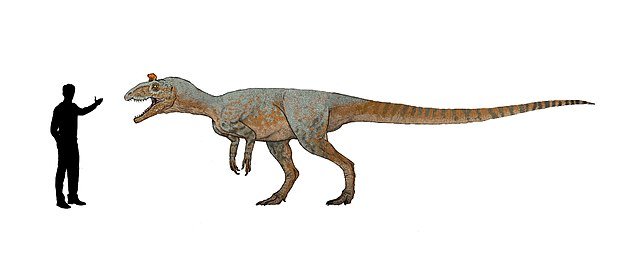
Cryolophosaurus reconstruction
Dibrangosaurus, CC BY-SA 4.0 via Wikimedia Commons
Be sure to come back next month for the third and final entry in our series on the Dinosaurs of Antarctica!
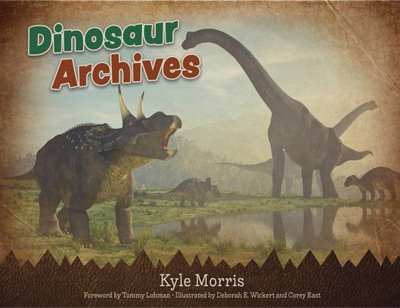
If you want to dive deeper into the world of dinosaurs, ask your parents to help you check out my new book, Dinosaur Archives,1 in the Answers in Genesis online store!
Note for Parents and Grandparents
Most reconstructions you will see of Cryolophosaurus will, unfortunately, have them covered in “dino-fuzz.” Check out these articles for solid biblical and scientific answers to this deceptive concept:
- Seven F's of Dinosaur History: 7. Fiction
- Dinosaurs of Antarctica in OMNIMAX Review
See https://answersingenesis.org/reviews/movies/dinosaurs-antarctica-omnimax-review/. - Why Birds Are Not Dinosaurs (And Why It Matters)
See https://answersingenesis.org/dinosaurs/why-birds-are-not-dinosaurs/.
Footnotes
- Kyle Morris, Dinosaur Archives (Maitland: Xulon Press, 2022). https://answersingenesis.org/store/product/dinosaur-archives/.
- © 2024 Answers in Genesis
- Privacy Policy
- Contact
- About


